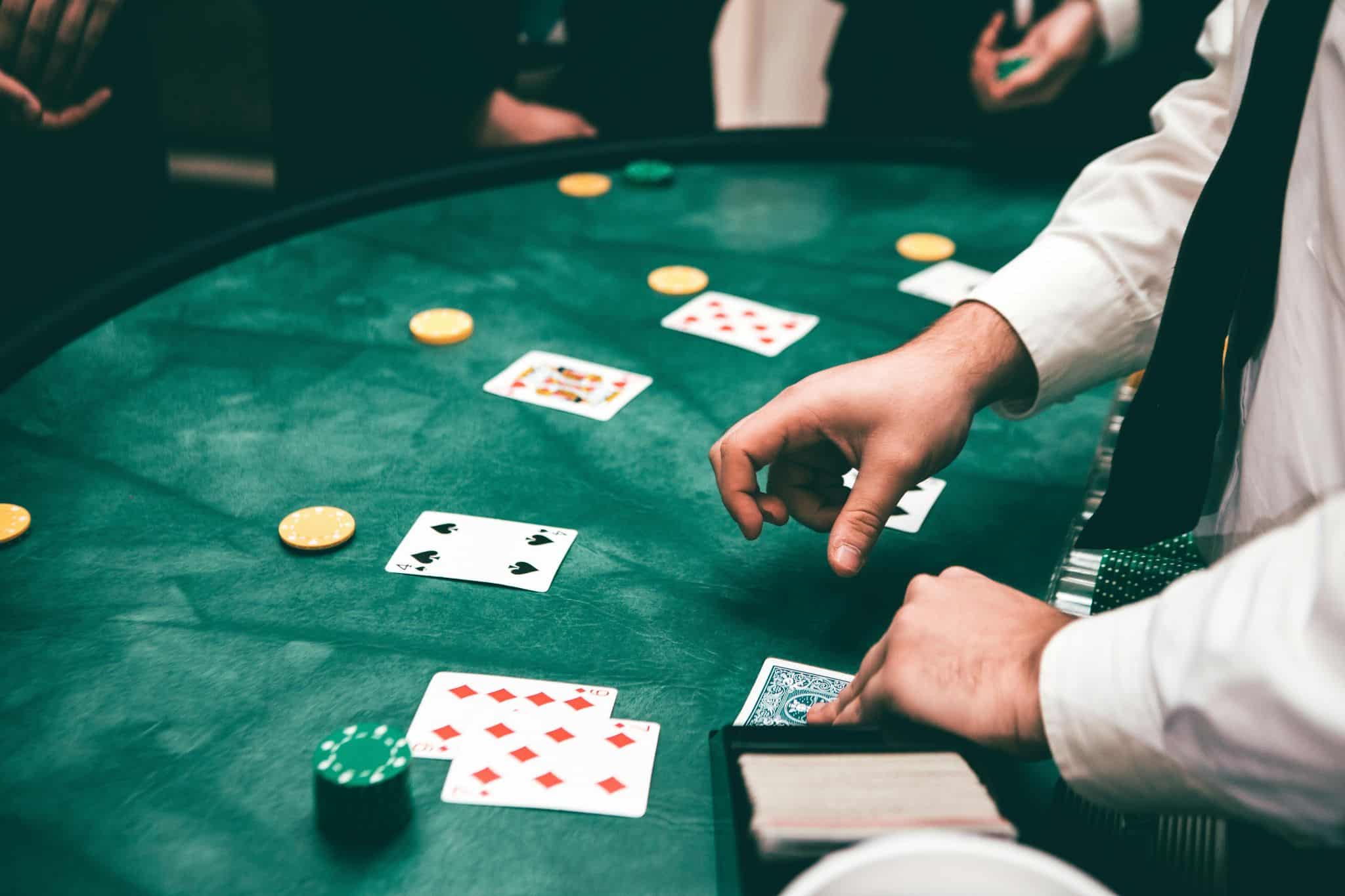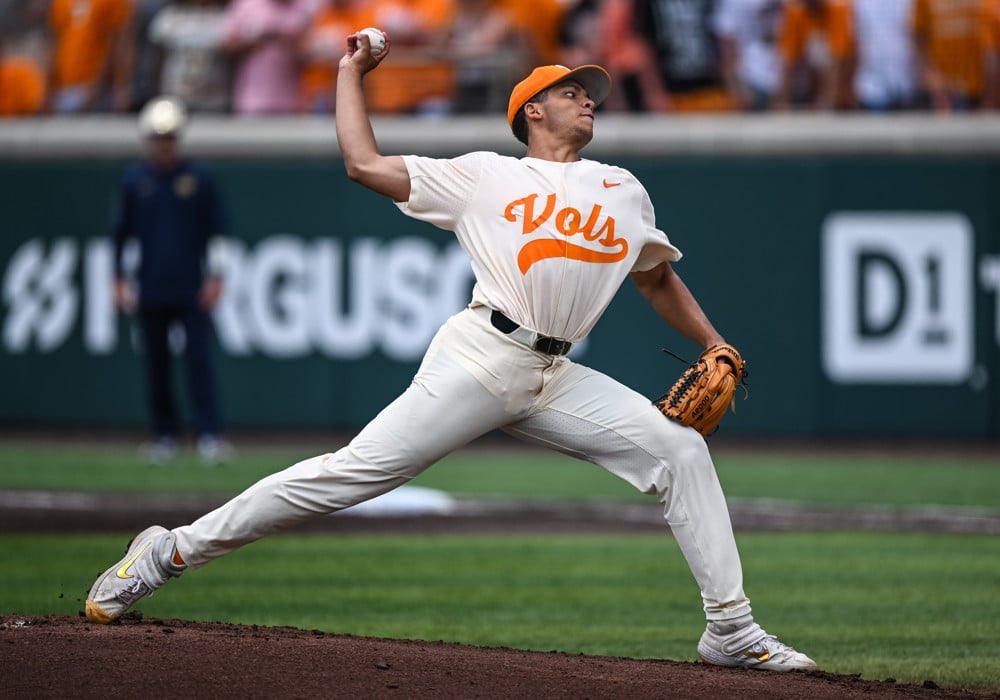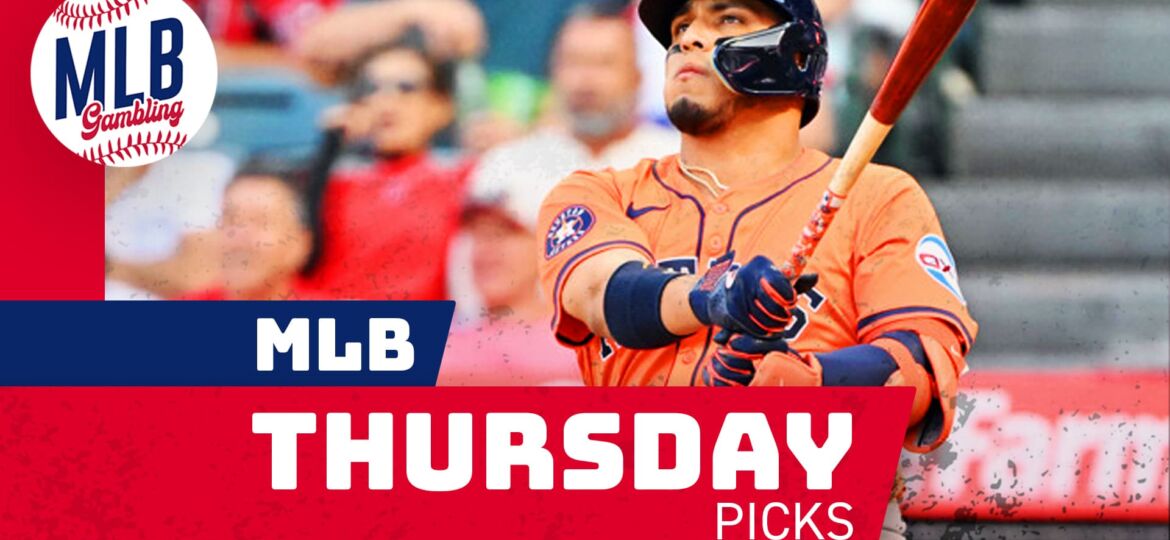
Classic Blackjack a.k.a. American Blackjack
It’s the godfather of all other blackjack variants.
Some early American casinos provided a bonus reward if your hand included the ace of spades and a black jack either the jack of spades or clubs to get gamblers interested. Even when the bonus vanished, the hand was still referred to as “blackjack.”
It’s easy to learn — beat the dealer, don’t bust — but it also rewards players who actually think. Unlike slots, you can use math, strategy, and timing to shift the odds a bit in your favor. When people realized you could lower the house edge with perfect play, and later with card counting, blackjack became a total magnet for gamblers who wanted something more than just luck.
As for its role in the blackjack family — Classic Blackjack is the blueprint. Every variation you see today — Spanish 21, Switch, Double Exposure — all take the base mechanics from classic and just tweak the rules to mix up the risk and payout. You can also play free blackjack games to test what variant you may like the most.
Rules Of The Classic BlackJack
You and the dealer each get two cards. Your goal is to get closer to 21 than the dealer without going over — that’s a bust, and you auto-lose.
Card values are simple.
2 through 10 = face value
J, Q, K = 10
Ace = 1 or 11 (whichever helps your hand more)
If you get an Ace + a 10-value card on your first two cards, that’s a Blackjack, and it usually pays 3:2 — so if you bet $10, you win $15. Dealer checks for blackjack if they have an Ace or a 10 showing.
On your turn, you can take another card, stick with what you’ve got, double your bet, take one more card, then stand, or if you have a pair, split them into two hands and play both separately.
The dealer must stand on 17 or above and hit if their hand is 16 or less. These are the set rules by which they must play. The “dealer hits on soft 17” rule, which provides the house a minor advantage, is used by some casinos. This hand is similar to Ace + 6.
You win if your hand outscores the dealer’s without breaking. You lose if you both fail or if you fail by yourself. It’s a push and you get your money back if you tie.
The Variations of The BlackJack
There are some variations of the game to try.
At first sight, Spanish 21 seems and feels a lot like traditional blackjack, however, the regulations somewhat alter your strategy. The removal of all 10s from the deck is the most significant change. Thus, you are playing with a 48-card deck rather than a 52-card deck. Because it’s more difficult to create powerful hands like 20 or 21, it provides the house a tiny advantage. However, the game surprises players by providing several bonuses and more accommodating regulations. For instance, you can re-split Aces, double down on any number of cards, and even resign after doubling. Additionally, some 21 combinations, such as 21 produced with five or more cards, result in additional payments.
In Blackjack move, you are dealt two hands rather than one, and the interesting part is that you may move the second card in each hand to create superior hands. Players may make better hands and stay clear of busts by using this switching rule, which provides them a significant strategic edge. Naturally, though, casinos do not just give out free money. A dealer 22 is a push to equalize the odds, so if you have 20 and the dealer hits 22, you tie rather than win.
Since both of the dealer’s cards are dealt face-up in this variation, Double Exposure is all about visibility. Compared to traditional blackjack, where you can only see one of the dealer’s cards and must speculate as to what more they could be holding, that is a significant improvement. You have a lot more information to work with when both cards are out. Naturally, you can play much more rationally as you’ll be able to see if they have a powerful hand. Once more, though, the casino modifies the regulations to safeguard itself. In Double Exposure, the dealer wins all ties except blackjack, and blackjack only pays even money rather than the customary 3:2.
Conclusion
These variants all ingeniously alter the basic recipe. Spanish 21 provides players with extra alternatives when eliminating cards. Blackjack Switch adds devious dealer advantages while granting you the ability to correct your hands. Double Exposure gives you everything, but the rewards and ties come at a cost. Depending on your style of play, each of them has its own attraction, although none are significantly simpler than traditional blackjack.





















